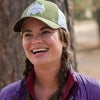The Outdoor Books that Shaped the Last Decade
Ten books that sparked debate, started conversations, and launched movements in the past ten years—and what to read next
New perk: Easily find new routes and hidden gems, upcoming running events, and more near you. Your weekly Local Running Newsletter has everything you need to lace up! .
Digital media continued its march across the cultural landscape in the past decade, but its proliferation didn’t diminish the importance of books—even if these days we’re thumbing through real pages less often than we’re swiping pixels on our screens. Books challenge our perceptions and paradigms, provoke curiosity, and inspire action. And for many of us, engaging with big ideas felt more important during this decade than ever before.
In that spirit, here are ten��books from the past ten years that sparked debate, changed discourse, and spawned movements in the outdoor world. These stories made us marvel at the seemingly impossible limits of the human body and feel enthralled with the wonders of nature. They mobilized us to stand up against environmental injustice, taught us about climate change, and inspired us to take our ideas out into the world. We’ve also��matched each book with recommended reading from the same genre or subject area.
‘The Forest Unseen: A Year’s Watch in Nature’ by David George Haskell (2012)
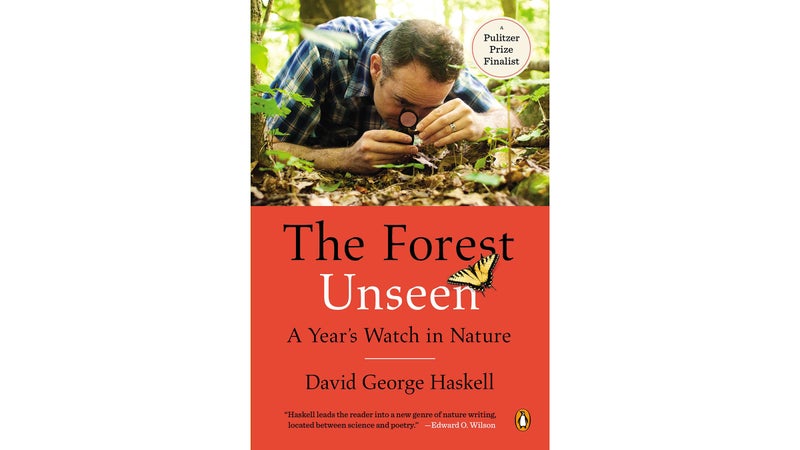
Digging��Into��Nature’s Wisdom
Biologist David George Haskell is like the nature aficionado’s Malcolm Gladwell: he has a knack for getting geeky about the outdoors in a way that brings the rest of us along for the ride. In his debut book, Haskell waxes��poetic about a year spent surveying a small plot of Tennessee old-growth forest as it weathers��the seasons, using a tiny square of forest to explore much larger observations about the workings of the natural world. Blending literary finesse with scientific know-how, ��injects��much-needed vibrancy into the stuffy world of nature writing—and was a Pulitzer Prize finalist, to boot.����
Further Reading��
- Pair Haskell’s more recent book����(2017)��with forester Peter Wohlleben’s ��(2016) for a fascinating tumble down an arboreal rabbit hole. Once you’re finished, sink into ��(2018), Richard Powers’ Pulitzer-winning novel that follows a motley crew of people who become just as intertwined with one another as they are with the trees and forests they tend. (By the end, the trees themselves feel like central characters.)
- In , renowned scientist Daniel Chamovitz makes the case that our leafy pals are much more complex than we assume. Similarly, in , naturalist Jon Young contends that the only tweets that truly matter are those that emanate from birds.
- Of course, Indigenous people have been conversing with nature since time immemorial. In (2013), botanist and professor Robin Wall Kimmerer (a member of the Citizen Potawatomi Nation) shares ancestral knowledge to help decode the languages of the natural world.
‘Wild’ by Cheryl Strayed��(2012)
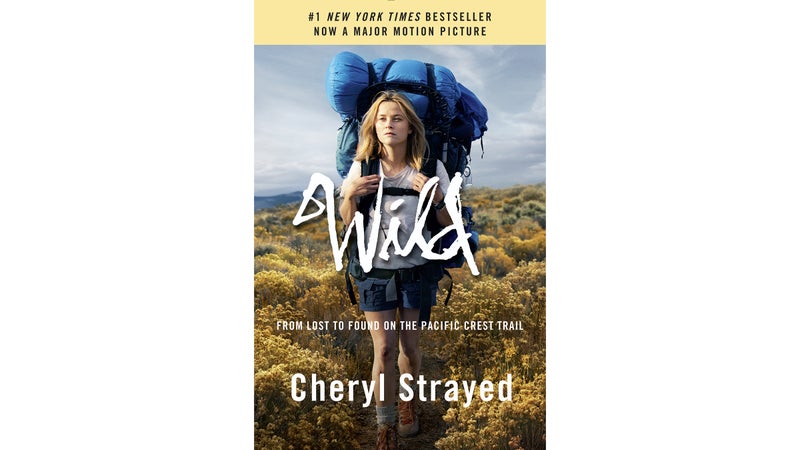
Celebrating the Heroine’s Journey
Two camps seemed to emerge when was published: one criticized Cheryl Strayed for not digging deeply enough into the nitty-gritty of backpacking on the Pacific Crest Trail; the other understood the book to be mostly about Strayed’s personal transformation and was less concerned about the backpacking technicalities.��Wild has inspired countless people of all genders to hit the dirt in search of adventure and self-discovery. It also cultivated a mainstream audience’s desire for more narratives centered on women’s experiences outdoors—and stories��in general��about the internal journeys we experience in wild places.
Further��Reading
- Just before Wild dominated literary adventure discourse, journalist and ���ϳԹ��� contributor Tracy Ross published (2011). It’s an unflinching account of how the wilderness helped her to not just cope��but thrive��as she confronted the lasting effects of childhood sexual abuse.
- The gorgeous prose of dogsledder and ���ϳԹ��� columnist Blair Braverman’s ��(2016) will sock you straight in the gut—as will the story line about the arctic alchemy that helped the author transform trauma into courage.
- Climber Jan Redford’s ��(2018) contains plenty of dashing detail about her decades in the Canadian alpine while��serving up some real talk: adventure isn’t always the cure-all we wish it to be.
- In ��(2019),�����ϳԹ�����contributor��Katie Arnold traces her parallel journeys as an elite ultrarunner and a bereaved daughter fighting through a fog of grief and anxiety after her father’s death.
- Carrot Quinn is kind of like the Patti Smith of long-distance hiking: a sensual punk-rock poet who unveils both the mystique and minutiae of trekking in her self-published memoir, ��(2015).
‘The ���ϳԹ��� Gap: Changing the Face of the Outdoors’ by James Edward Mills (2014)
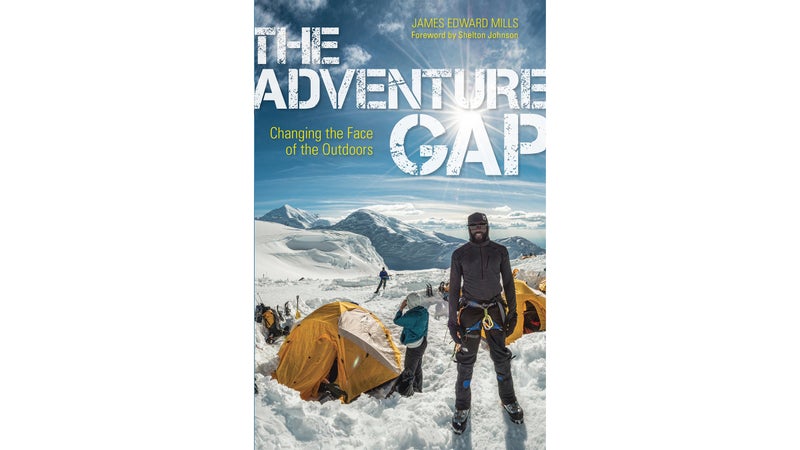
Reclaiming Space
When multimedia journalist James Edward Mills followed the members of Expedition Denali during their push on the famed Alaskan peak in 2013, he knew he would document something special. After all, it was the first summit of Denali by a team of entirely African American climbers. But Mills took beyond the scope of a traditional expedition narrative, exploring the reasons for the glaring outdoor cultural divide and noting that bridging that gap would help people and the planet. Once published, the book ignited a firestorm of productive conversations about justice, equity, diversity, and inclusion in the outdoor adventure world.��
Further Reading
- Historian Dianne D. Glave’s ��(2010) is a sweeping takedown of the false notion that the black experience hasn’t always been deeply connected to the land—and to the idea of protecting it.��
- In ��(2014), writer and educator Carolyn Finney trains her equally critical eye on the same subject��while digging into the painful reasons why African Americans were historically underrepresented in outdoor culture.
- Weaving together scholarship and memoir, Lauret Savoy’s ��(2015) is about the Mount Holyoke professor’s relationship with American landscapes. It also explores the myriad ways humans have shaped��and been shaped by��the natural world throughout history.
- Professor and ornithologist J. Drew Lantham long found solace and belonging in wild spaces, whether or not society believed it. He explores that dichotomy��in ��(2016).
- In ��(2019), U.S. poet laureate Joy Harjo’s new collection of work, the member of the Muscogee (Creek) Nation writes of the resilience that binds generations of Muscogee to the ancestral lands from which they were once expelled.
‘Tom’s River: A Story of Science and Salvation’��by Dan Fagin (2013)
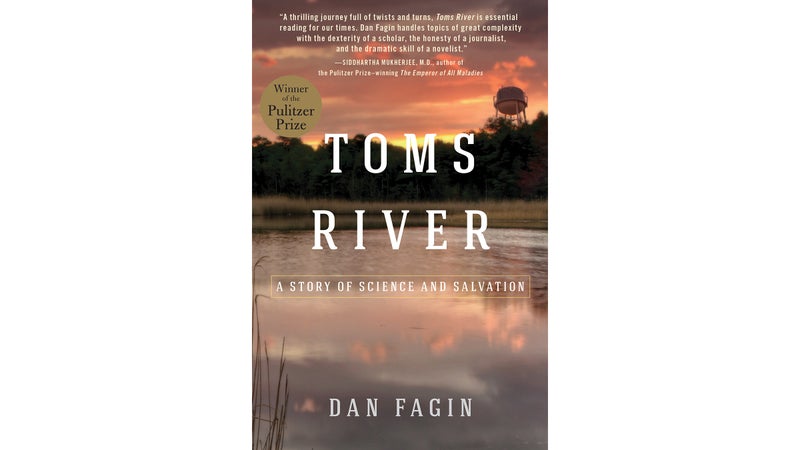
Fighting for Environmental Justice
When a Swiss chemical company arrived in Tom’s River, New Jersey, in 1952, it��promised the small township an influx of jobs. In the decades that followed, the company left the town with a legacy of contamination. When an alarming number of children received cancer diagnoses, investigative reporter Dan Fagin joined residents in searching for who—or what—was to blame. The richly detailed account, which earned the author a Pulitzer Prize, didn’t land on any hard findings. But it has become a benchmark for reporting the compelling, David and Goliath environmental justice stories that continue to play out across the country, such as in the water crisis of Flint, Michigan, or the Standing Rock Sioux’s battle against the Dakota Access pipeline. may soon appear on the silver screen:��Danny DeVito’s production company, which helped bring Erin Brockovich to theaters, optioned the film rights earlier this year.
Further Reading
- Journalist Judy Pasternak exposes the damaging��effects of the uranium industry��in����(2010),��detailing decades of exploitative��mining in the Four Corners region that harmed humans and the environment.
- In����(2018), Jonathan P. Thompson digs into a long history that led to a 2015 environmental disaster that turned Colorado’s Animas River orange with toxic sludge.��
- ��(2015), by investigative reporter Andrew Nikiforuk, tells the story of one woman’s fight against the environmentally destructive practice while delving into the industry’s insidious history. Pair this book with Eliza Griswold’s ��(2018) for a complex look at how energy policy shapes rural American life.
- Inspired by his experience as a water protector at Standing Rock, Nick Estes, a citizen of the Lower Brule Sioux Tribe, uses the ongoing fight against the Dakota Access pipeline to present an intergenerational view of Indigenous protest in ��(2019). Dina Gilio-Whittaker, a member of the Colville Confederated Tribes, documents centuries of resistance in ��(2019).
- For a book that is more pensive than historical, venture south with former Border Patrol agent Francisco Cantú in his gorgeous debut, ��(2018). It’s as much a poetic meditation on the people and landscape of the borderlands as it is an examination of our own��imperfect human nature.��
‘Wave: Life and Memories After the Tsunami’��by Sonali Deraniyagala��(2013)
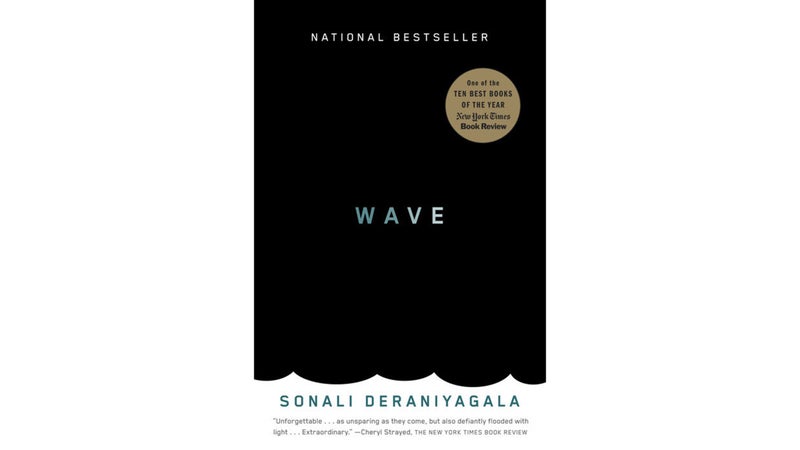
The Aftermath of Natural Disasters
On December 26, 2004, a massive earthquake in the Indian Ocean caused a tsunami that would claim the lives of roughly a quarter-million people. Those losses included the husband, children, and parents of Sri Lankan economist Sonali Deraniyagala, whose account of the incomprehensible tragedy is an excruciating read. While most of us watched the news with a detached mixture of horror and fascination, Deraniyagala drags readers right into the undertow of her grief; we can’t look away, nor should we. While natural disasters are often chronicled in scientific and sensational tones, rightly humanizes an outsized tragedy.
Further Reading
- A fictional account of an all-too-real natural disaster, novelist Jesmyn Ward’s (2011) tracks a family on Mississippi’s Gulf Coast before, during, and after Hurricane Katrina’s rampage. It is no less moving for being fiction, especially given that the author experienced the storm’s devastation firsthand.
- Former firefighter and ���ϳԹ�����contributor Kyle Dickman brings similarly personal insight to ��(2015), deftly weaving together the history of wildland firefighting, an account of the devastating Yarnell Hill Fire, and portraits of those who lost their lives trying to stop the flames. Michael Kodas, a onetime seasonal firefighter, looks at that same wildfire and others in (2017), which analyzes the human and environmental cost of these catastrophic infernos. Author��Gary Ferguson dissects the science behind massive wildfires in����(2017).
- In ��(2017), journalist and�����ϳԹ��� contributor��Kathryn Miles travels the country to learn from those on the frontline of seismic events. In ��(2017), reporter Henry Fountain recounts the gripping story of a magnitude 9.2 earthquake that rocked southern Alaska in 1964, focusing on the efforts of noted seismologist George Plafker to understand what prompted the violent temblor.
‘The Sixth Extinction: An Unnatural History’��by Elizabeth Kolbert (2014)
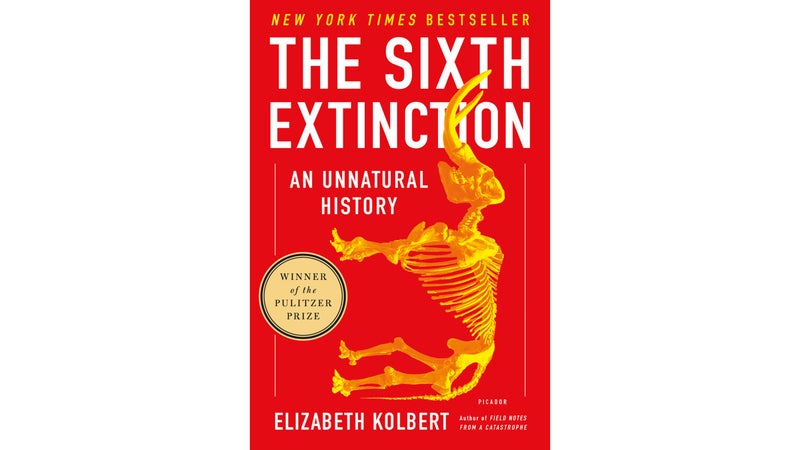
Inspiring Conservation’s New Wave
The title of ��references the undeniable fact that our planet is well into its sixth wave of mass die-offs, a canary—or, more accurately, a snow leopard—in the coal mine for what’s to come. Drawing on the work of scientists she encounters while reporting across this rapidly changing world, the environmental journalist contends that at this stage of the Anthropocene (the era in which humankind left an indelible and perhaps irreversible mark on the landscape), it’s pretty much all our fault. While that’s a sobering pill to swallow, Kolbert does throw us a sliver of bone: the clock’s ticking, but it hasn’t yet stopped.��
Carrying a torch lit decades ago by Rachel Carson’s groundbreaking , Kolbert unmasks the gritty truth about our role in the ongoing destruction of nature and asks a question echoed by all of the recommended works below: what are we going to do about it?
Further Reading
- If you’re convinced that tackling unwieldy issues like mass extinction��is beyond the power of one person, pick up ��(2019). Author Tucker Malarkey’s globe-trotting tale of a fly-fisherman trying to prevent endangered Pacific Rim salmon from going the way of the dodo is sure to inspire.
- For a more lyrical kick in the pants, check out author and activist Terry Tempest Williams’ new collection, ��(2019). It’s an urgent call to action wrapped in notions of community and tied with a big bow of hope.
- Continuing a tradition launched with ��back in 1986, ��(2013), by environmental scientists B. Lynn Ingram and Frances Malamud-Roam, traces the arc of history in order to ask hard questions about the future.��
- With a more colorful take on our most precious commodity, David Owen details a rather entertaining journey along the arm of the West’s most famous waterway in ��(2017). ���ϳԹ��� contributor Heather Hansman paddles the Colorado’s largest tributary in ��(2019)��and takes a nuanced look at why water rights are so contentious.����
‘Born to Run: A Hidden Tribe, Superathletes, and the Greatest Race the World Has Never Seen’��by Christopher McDougall (2009)
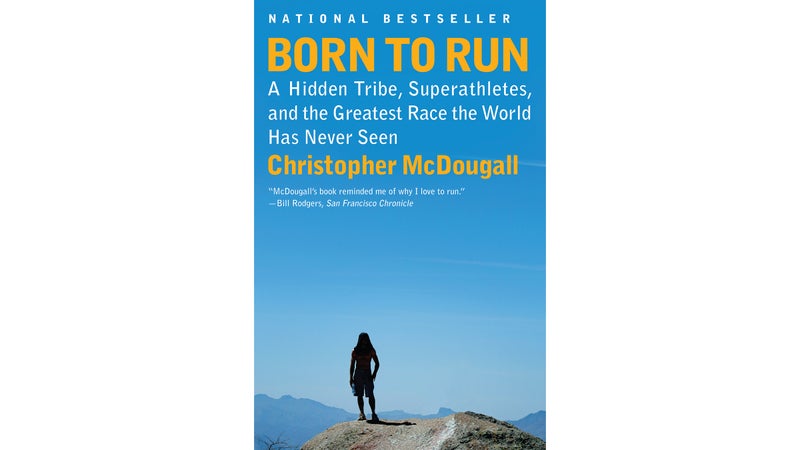
Pushing Human Limits
Journalist and runner Christopher McDougall traveled to Mexico’s Copper Canyon in search of the secret to an injury-free stride. He soon became convinced that the secret wasn’t a matter of improving his form, but of converting to a more minimalist style of footwear favored by the runners of the Tarahumara tribe, who log ultra distances in nothing more than a pair of thin sandals. While ignited the barefoot running craze that reverberated in athletic shoe design for years after it published, the real reason we stretched the timeline to include it here is because McDougall’s book helped to launch��a collective obsession with long-haul running��and the limits of physical endurance.��
Further Reading
- Dig into the science behind athletic potential��with ���ϳԹ��� columnist and former physicist Alex Hutchinson’s ��(2018). Onetime Appalachian Trail record-holder Jennifer Pharr Davis takes a more anecdotal approach to the subject in ��(2018). The book delves into the technical details of the author’s FKT attempt��and profiles others who have pushed themselves to new limits on foot.
- If memoir is your thing, try to keep up with alpine runner Kilian Jornet as he summits peaks and chews through trails at breakneck speed in ��(2011). For a more relatable tale, settle in with Mirna Valerio’s ��(2017), a stereotype-busting jaunt through the author’s journey as an unlikely ultrarunner. In ��(2019), thru-hiker Heather “Anish” Anderson chronicles the physical and emotional toll that comes with smashing records on the Pacific Crest Trail. In the vertical realm, Tommy Caldwell’s ��(2017) offers a fascinating study in perseverance.
- For a water-based endurance story, cozy up with ��(2018), journalist Dave Shively’s account of paddler Ed Gillet’s groundbreaking 1987 solo sea-kayak crossing from the California coast to Maui.
‘The Nature Principle: Human Restoration and the End of Nature-Deficit Disorder’��by Richard Louv (2011)
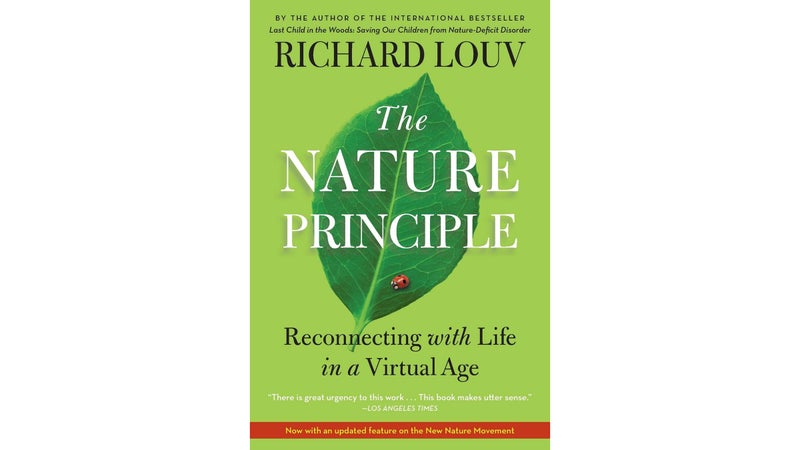
Plugging into Nature
When prolific author Richard Louv dropped ��in 2005, he proposed a then-groundbreaking idea that modern kids suffer from “nature-deficit disorder.” In , Louv extends that revelation to adults—imploring us to deepen our relationship with the natural world as a means to improve our existence and ensure our survival. Chances are you’ll see one of Louv’s books name-checked whenever someone connects the dots between human health and the natural world.��
Further Reading
- Cited nearly as often as Louv’s works, ��(2017) by journalist and Oustide��contributor Florence Williams explores the therapeutic benefits of spending time among trees.
- In ��(2018), biologist Clemens G. Arvay explores the titular phenomenon, first coined by entomologist E.O. Wilson, which posits that connecting with nature is an important part of our long-term evolution.��
- If there’s anyone who understands the magic of time spent under arboreal canopies, it’s Qing Li, the Japanese doctor who helped spread the gospel of shinrin-yoku (“forest bathing”) around the world. Li’s book, ��(2018), is a joyful guide to demystifying the practice.
- Artist and writer Jenny Odell’s ��(2019) is part cultural critique, part path to empowerment. In a world where the reach of capitalism’s digital arm seems to cultivate more anxiety with each pinged notification, Odell argues that we are drawn further away from more important connections with the natural world around us, with each other, and with ourselves.
‘This Changes Everything: Capitalism vs. the Climate’��by Naomi Klein (2014)��
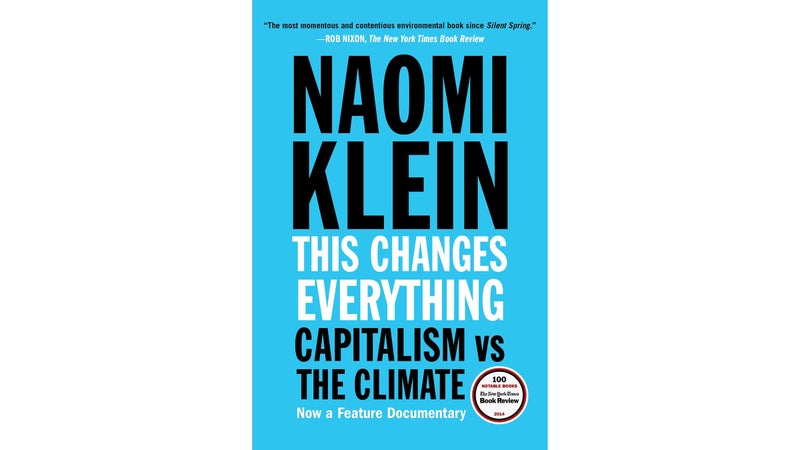
Sounding the Climate Change Alarm
Al Gore is often credited for raising the collective consciousness about global warming in 2006 with ,��but the former vice president’s book and subsequent film were just the tip of the proverbial, rapidly melting iceberg. Canadian author and activist Naomi Klein doubled down with the fiery and polarizing , a book that proposes we’ll never right the climate ship if we continue clinging to the very framework that’s sinking it: capitalism. Klein’s vision of environmental liberation requires detaching ourselves from the sticky grip of fossil fuels��and envisions a collective effort far beyond switching to stainless-steel straws. Of course, we still have a long way to go.��
Further Reading
- Author and activist Bill McKibben has been talking climate since Al Gore was still serving as a senator from Tennessee in the late 1980s. McKibben’s newest book, ��(2019), reflects on how little we’ve moved the needle��but offers hope that, with concerted effort, we still can. In ��(2019), journalist David Wallace-Wells comes to a more dystopian conclusion.
- Pulitzer finalist Elizabeth Rush’s (2018) is certainly devastating, but her elegant writing on the impact of rising seas will keep you reading until the end.
‘Enginering Eden: The True Story of a Violent Death, a Trial, and the Fight Over Controlling Nature’��by Jordan Fisher Smith (2016)
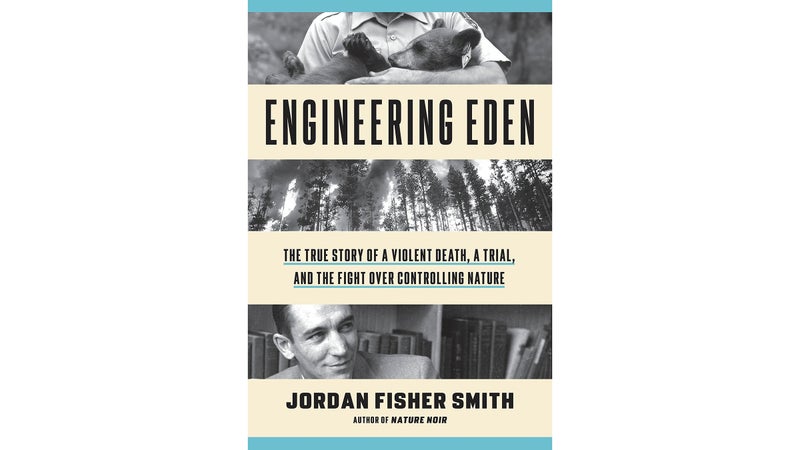
Unearthing Nature’s Seedy Underbelly
When a young man named Harry Walker was fatally mauled by a Yellowstone grizzly in 1972, his family sued the National Park Service. Former ranger Jordan Fisher Smith uses this incident to seduce the reader with a public lands parable masquerading as a wildly entertaining thriller. Along the way, he exposes a lengthy history of criminal mismanagement that left people—and far more bears—dead in its wake. While our endless appetite for the nasty business of true crime likely stretches back for time eternal, proved that the natural world proves just as compelling a backdrop as a serial killer’s den for the devious hand of man.
Further Reading
- In ��(2017), David Grann investigates the heartbreaking oil-related murders of landowning members of the Osage tribe in 1920s Oklahoma. Fellow journalist and ���ϳԹ�����contributor Annette McGivney similarly dissects the truth behind the stabbing death of Grand Canyon hiker Tomomi Hanamure in ��(2018). The author becomes part of the narrative when her reportage unleashes her own repressed childhood trauma.
- For something more whimsical, settle in with (2018), angler and author Kirk Wallace Johnson’s engrossing tale of a fly-fishing museum caper. And leave room for ��(2019), a fascinating exposé of the most expensive and sought-after fungus among us by investigative journalist Ryan Jacobs.
- Finally, make all your CSI: Outdoors fantasies come true with forensic ecologist Patricia Wiltshire’s ��(2019), where fungal spores and pollen play Watson to the author’s Holmes.


